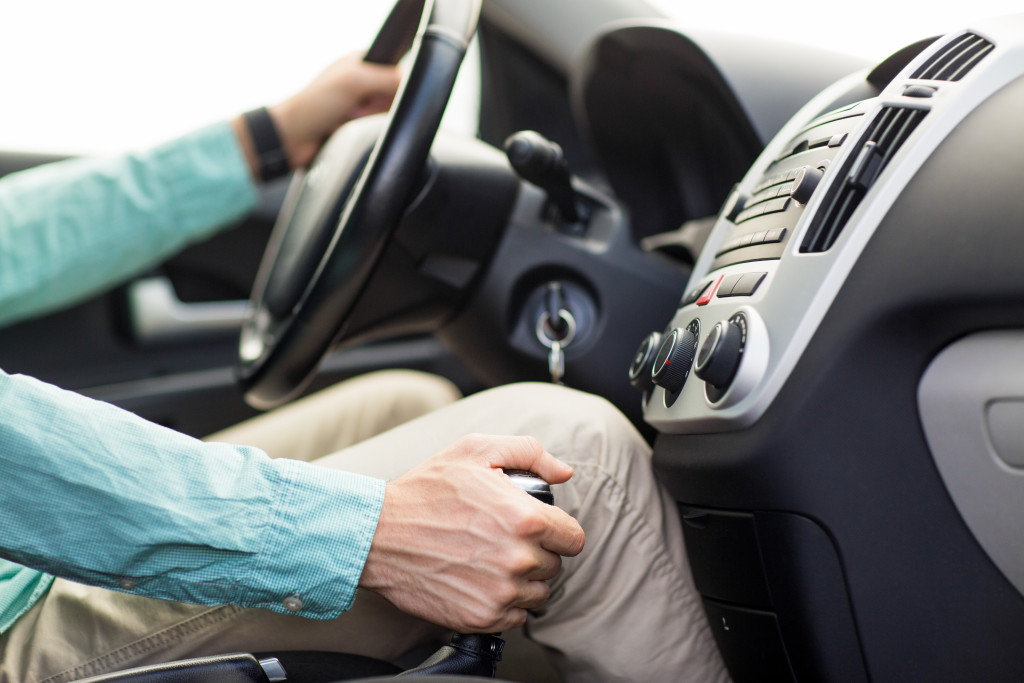The COVID-19 pandemic is one of those crises that had a significant impact on virtually all industries. It made the health sector scramble on its feet while the hospitality and tourism industry struggled to make ends meet. Educational institutions resorted to online learning. Many businesses from other sectors opted to take their employees remotely, while others temporarily shut down their operations.
Another industry that had to undergo many changes is the automotive industry. For one, lockdowns made it hard for brands to deliver automotive and car parts and supplies to their target destination. People went from being comfortable with public transport to investing in their own vehicles.
Automotive consumer behaviors had a drastic change during the pandemic. These new behaviors are giving businesses under the automotive industry no choice but to take action. The following are a few examples of how automotive consumer behaviors changed during the crisis.
Increased Car-buying Demand
After people learned that the virus could spread faster indoors, even inside cars and other transport vehicles, many stopped using public transport. They opted to carpool with their own family members instead of risking their health by taking the bus, train, or taxis. More people planned to make a car investment and already bought their own car during the crisis.
Even if many people have financial issues during these trying times, they still intend on buying their own car. Many consumers are buying second-hand cars. This is since these tend to be cheaper than brand new ones, used cars became a hot commodity during the pandemic.
Due to the rising demand for used cars, this is driving up the prices. But this did not mean that there is an imbalance between supply and demand. According to reports, there is a greater inventory of second-hand cars since some people are disposing of their vehicles due to financial reasons or financing an upgrade.
Along with the increased car-buying demand, consumers are taking extra precautions when making a car investment. They now browse for cars being sold online and are less inclined to interact in car dealerships. They are taking COVID-19 car-buying to the next level by using tech in their purchase.

Consumer’s Interest in Improving Their Vehicles
Many consumers are improving now improving their cars. Those who can’t afford a new car purchase are investing in upgrades instead. They are making changes that will best suit their current automotive pandemic needs.
For instance, some owners are installing quality hitches in their vehicles. Those who yearn to travel but are afraid to stay in hotels take trailers to reduce their risk of exposure to the virus. They can travel miles and miles away knowing they can bring all they could need on their cargo.
Others transformed their vans into their own mobile home. This is due to their personal choice or an attempt to survive after the pandemic made them lose their home. They are making the necessary improvements to make living the van life a more comfortable one.
Interest in Electric and Self-driving Vehicles
Before, we thought about how impossible it is to power a car without using gas. We only believe that self-driving cars only exist in movies. These days, this has become one of the hottest trends in the automotive market.
Car enthusiasts are not simply buying regular cars. They are now interested in electric vehicles that no longer depend on fuel. They are taking their car-buying experience to the next level by investing in vehicles that are run by electricity.
Consumers are shifting towards environment-friendly practices. They want to be more responsible in every possible way to reduce their impact on the environment. It is because of these reasons that carmakers became interested in providing consumers with eco-friendly transport options.
The same goes for self-driving cars. Automated cars allow consumers to enjoy engaging in activities that are typically considered unsafe for drivers. This includes driving when drunk, sleeping while driving, driving too fast, or talking and texting while behind the vehicle.
Consumers like the idea that they can reduce risky driving behaviors with the help of self-driving cars. According to a study, human error is the leading cause of car accidents in the United States. This can potentially be the answer to lowering the number of car crashes and incidents on the road.
These are but three automotive consumer behaviors that are trending during the crisis. In a nutshell, the pandemic made people invest in their own cars. They are either buying used, automated, or electric vehicles. Others went on improving their vehicles to better fit their pandemic needs.

